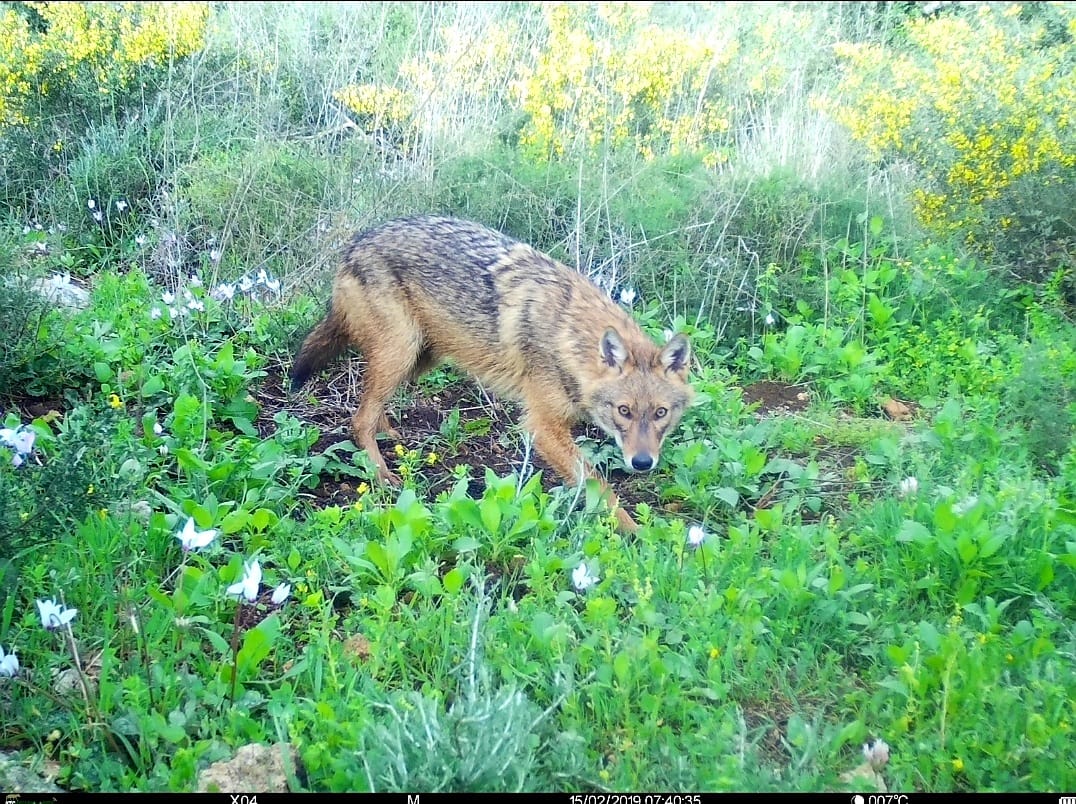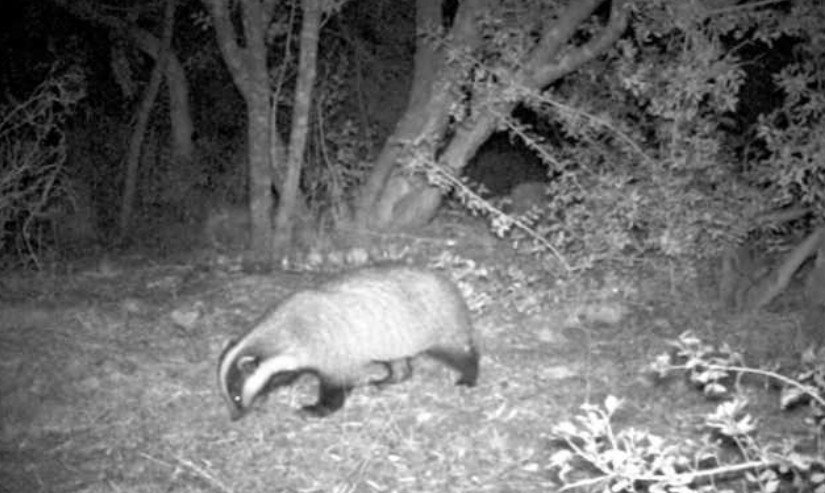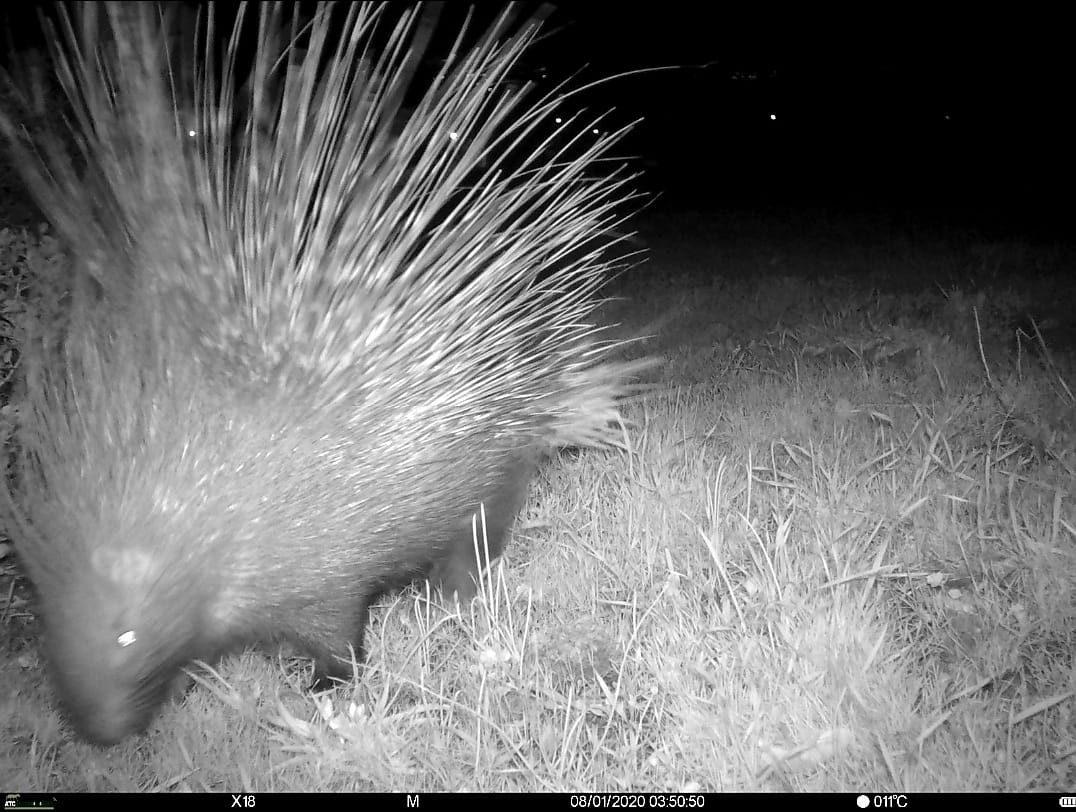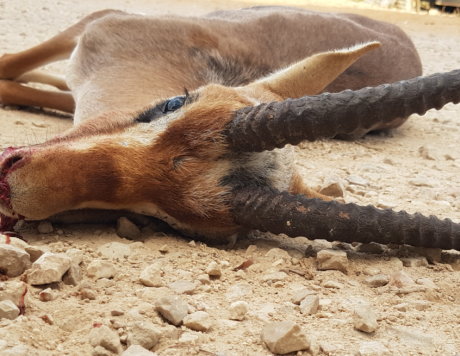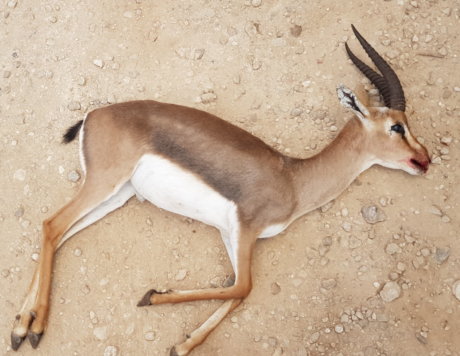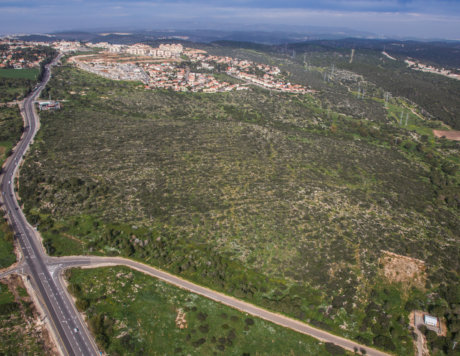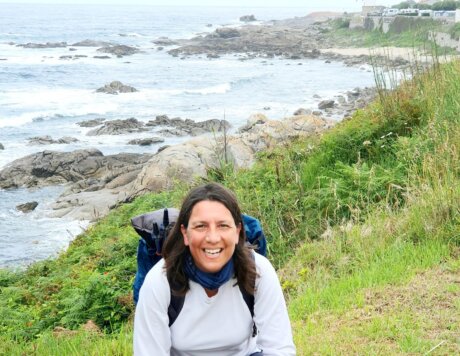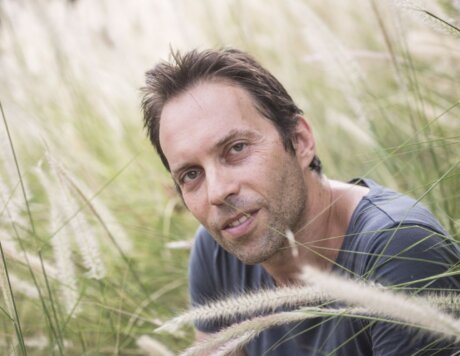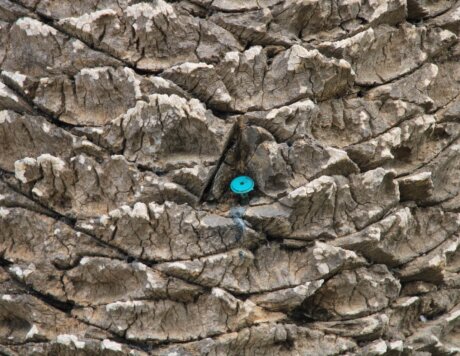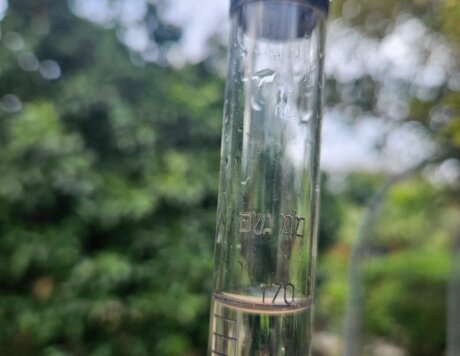Ensuring Safe Passage for Wildlife
Preventing roadkill in Hanadiv Valley
The sight of an animal lying lifeless on the side of the road is familiar to every driver. We usually encounter this difficult sight on the way to work or on one of our routine errands, our minds full of tasks, and we don’t necessarily stop to give it any further thought. However, wildlife roadkill provides clear evidence of the complex (and often hazardous) interaction between humans and the environment.
Stopping and contemplating the topic can teach us about the interface between humans and nature; a meeting that can end in tragedy, a meeting with results that we can influence.
We have chosen to tell you about the challenge of wildlife movement here in the Ramat Hanadiv region.





